Assistive learning technologies have a long history in aiding all of us in academic spaces. However, with the recent development of Artificial Intelligence (A.I.), the ways in which technology helps us are changing. Specifically, these new technologies are impacting how we produce writing. The following information will provide some initial advice for how to interact with these rapidly emerging and developing automated writing technologies.
Automated writing technology programs include:
- Grammarly
- ProWritingAid
- ChatGPT
- Headlime
- Other programs that provide feedback on your writing or produce written text
Read on to gain information about types of automated writing technologies, as well as pros and cons when using these technologies.
Types of Automated Writing Technologies (AWTs)
The most commonly used AWTs fall into 2 categories: Automated Writing Evaluation programs (AWEs) and Large Language Models (LLMs).
Automated Writing Evaluation Programs (AWEs)
AWEs, generally, are programs that provide feedback on an individual’s writing. Typically, these programs’ feedback will focus on grammar, syntax, spelling, and word choice. However, some AWEs assert they have the ability to assess higher order writing features, such as content, argument, and organization. Grammarly and ProWritingAid could be considered AWEs.
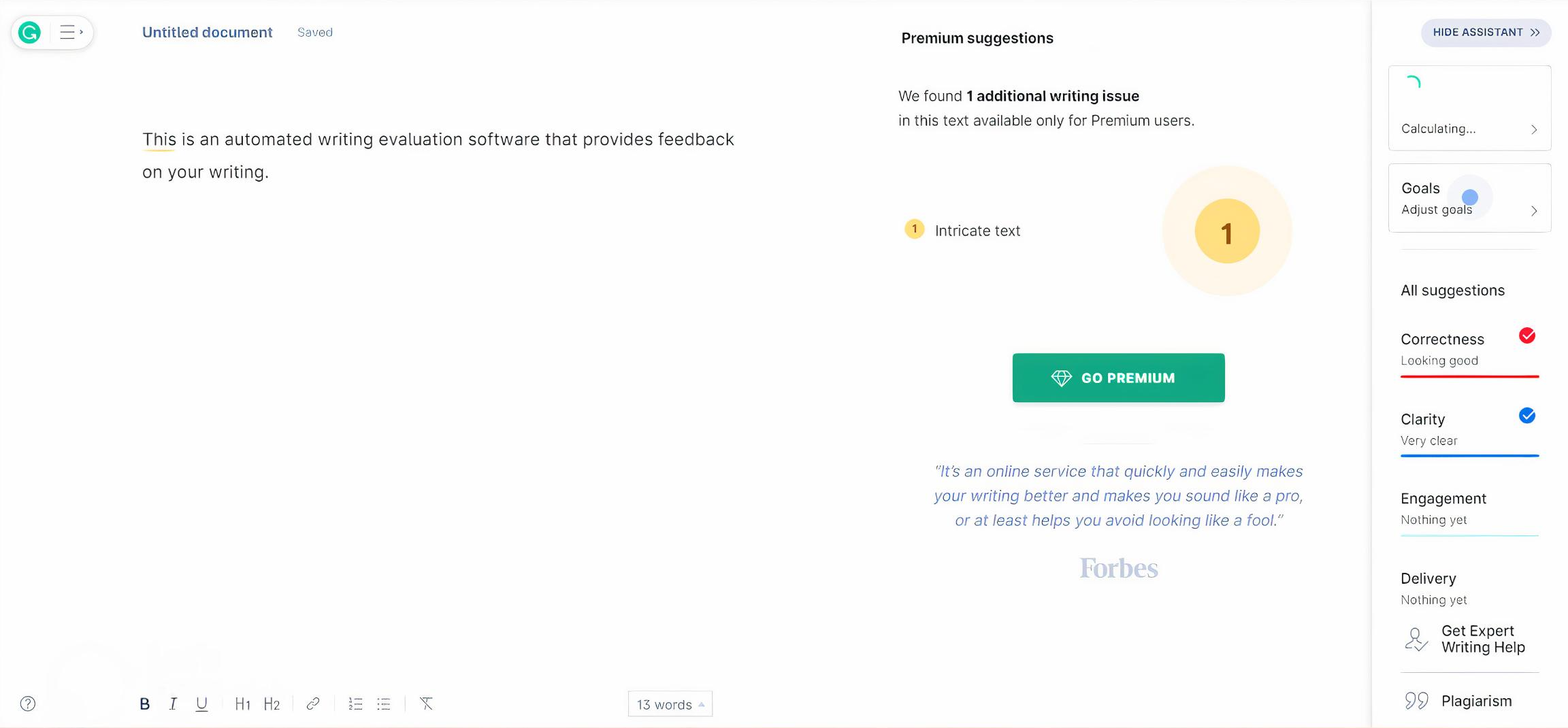
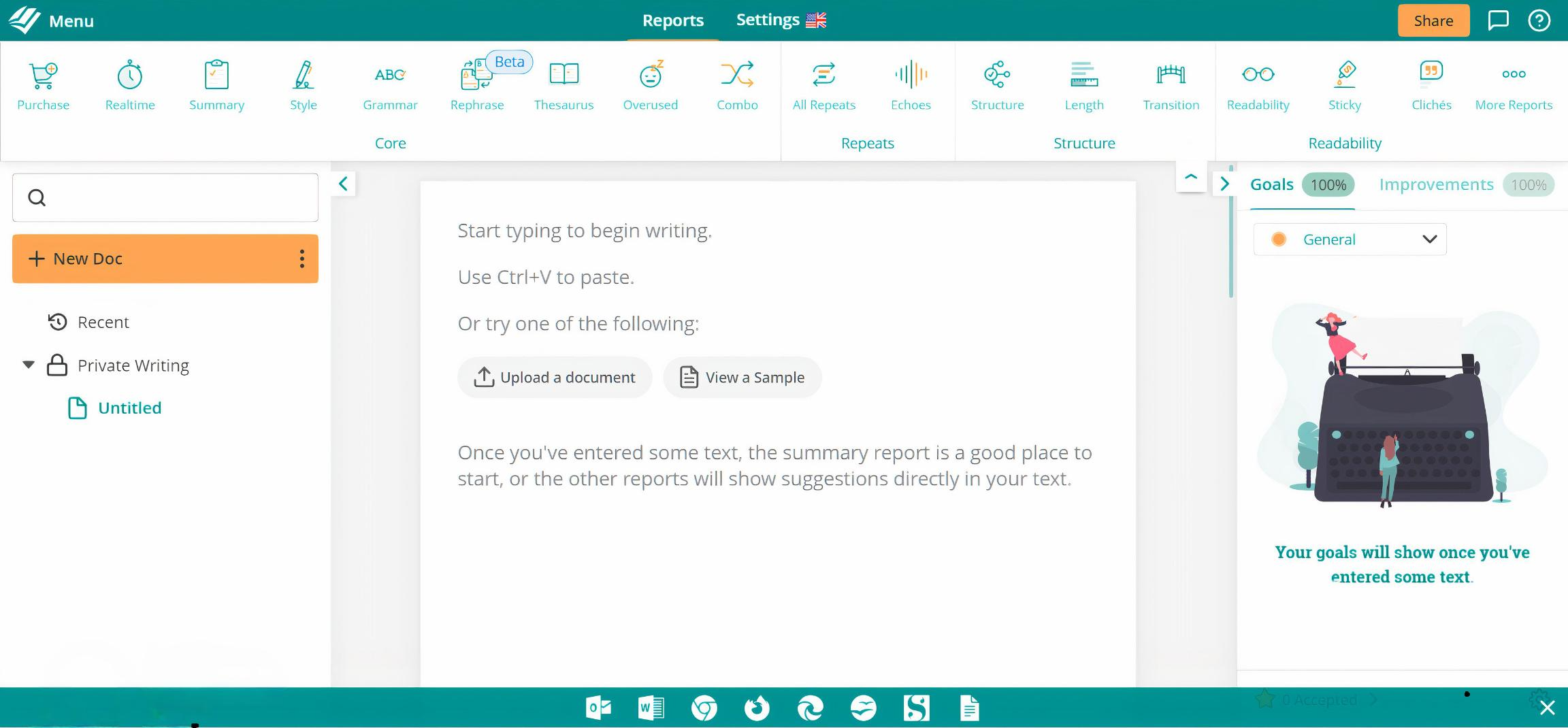
Large Language Models (LLMs)
LLMs are programs that are able to “cognize, summarize, translate, predict and generate text and other content based on knowledge gained from massive datasets” (Lee, 2023). Essentially, LLMs, such as ChatGPT and HeadLime, attempt to reproduce text that mimics human writing. The generated text is largely based on word and topic association, meaning the program’s algorithm searches its dataset for similar words and topics in order to formulate the text.
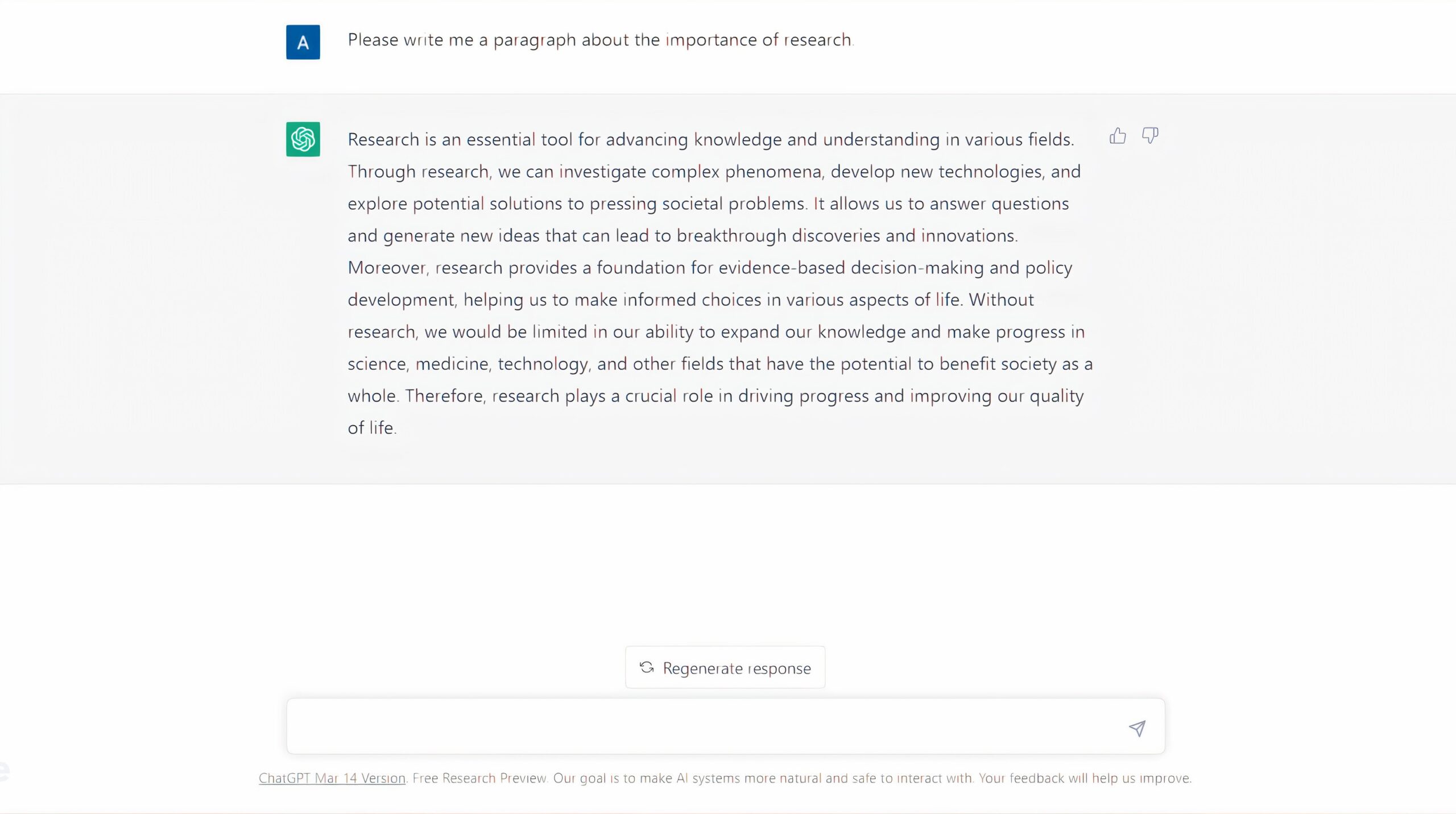
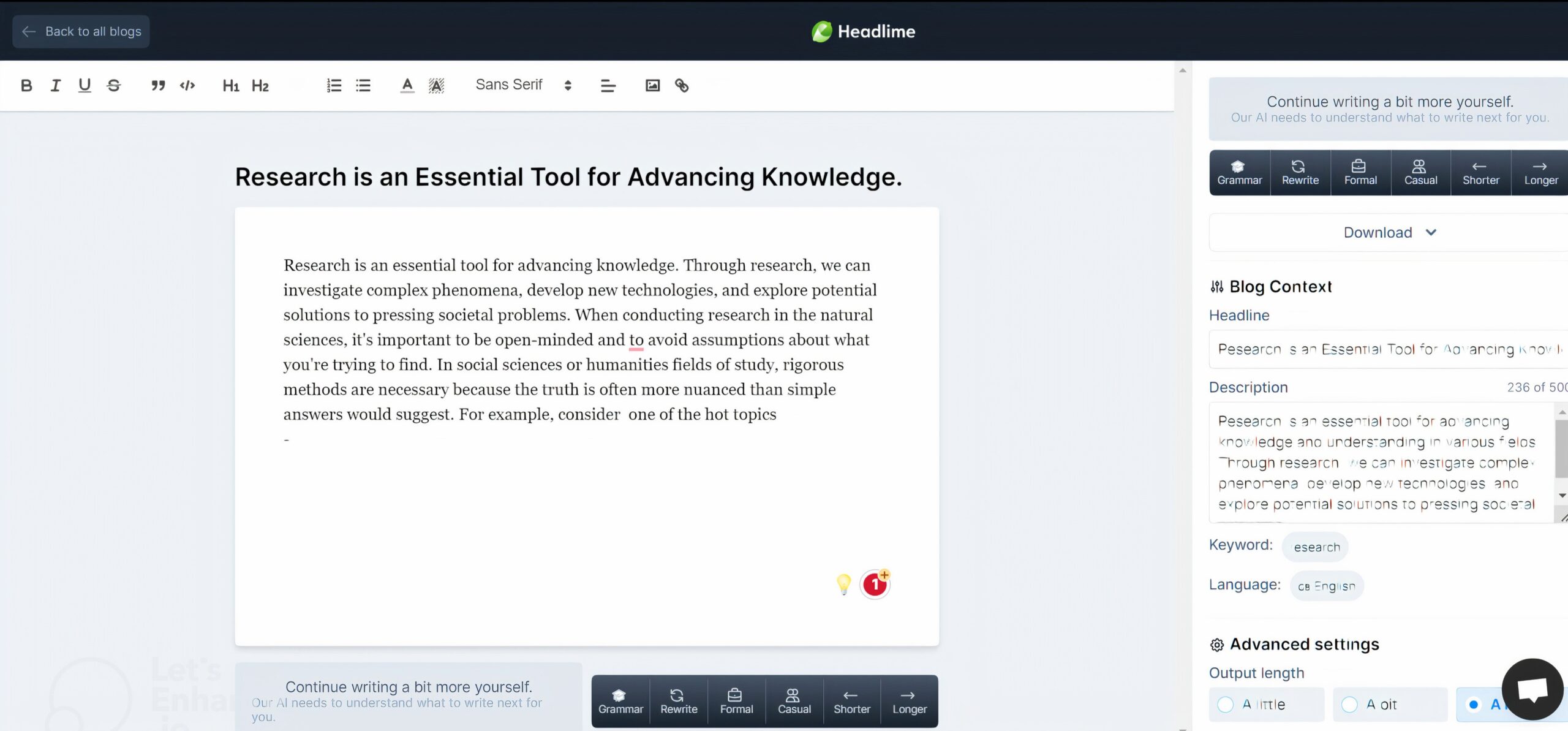
Limitations of AWTs
While these programs can provide valuable aid as you work through the writing process, there are some limitations that need to be considered, such as:
- Potential lack of writer agency
- Lack of individualized feedback
- Content may be incorrect, outdated, or fabricated
- Bias and lack of language diversity
- Trouble with understanding audience
- Potential plagiarism and academic integrity issues
- Issues related to privacy and user data
- Artificial Intelligence (A.I.) is not intelligent
We elaborate on the most writing-related limitations below.
Writing is a learning tool that aids critical thinking, deep understanding, and generation of original thought. Writing can help us better understand what we think and what we want to communicate; it can help us uncover ideas we didn’t yet know we had. Writing is a process; however, AWEs and LLMs potentially shift writers’ mindsets (and limit critical thinking) to receiving a product with little interrogation of that output. These programs are built to “do the work for you” and to “fix the problems so you don’t have to.” Therefore, if the program provides a result that appears to be sufficient, you may forgo taking agency to question or modify that result.
Furthermore, AWEs in particular provide generalized rather than individualized feedback that primarily addresses issues like grammar, syntax, and punctuation rather than higher-order issues like structure, content, and development. That feedback may be biased to certain styles of writing, as we’ll discuss below. Additionally, these programs do not provide an in-depth explanation about why you are receiving that feedback, which can make it difficult to avoid making those same errors in future writing.
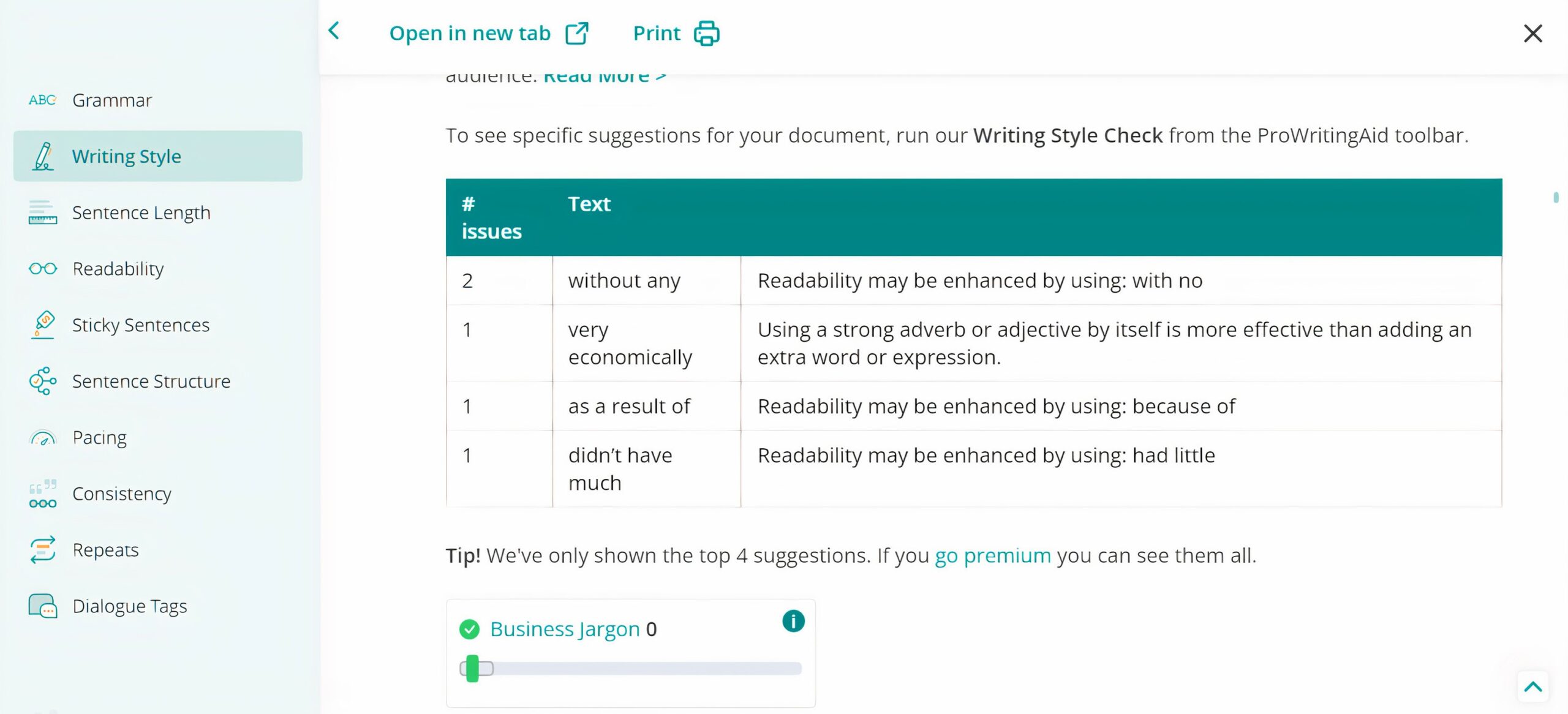
In addition, students need to be aware that using programs like ChatGPT for academic writing poses concerns regarding content, including limitations of the program’s datasets, misinformation, and academic integrity issues.
First, ChatGPT’s world knowledge is contained in the data it was trained on. So, for instance, it may not have any knowledge of current events.

Technologies like ChatGPT only reproduce what they have been trained on; these datasets are generally composed of open-access sources, and so these technologies may not have access to sources you can find in the University’s library. Furthermore, what ChatGPT reproduces may not be factual because it is only searching its dataset for similar words and topics in order to provide a response.
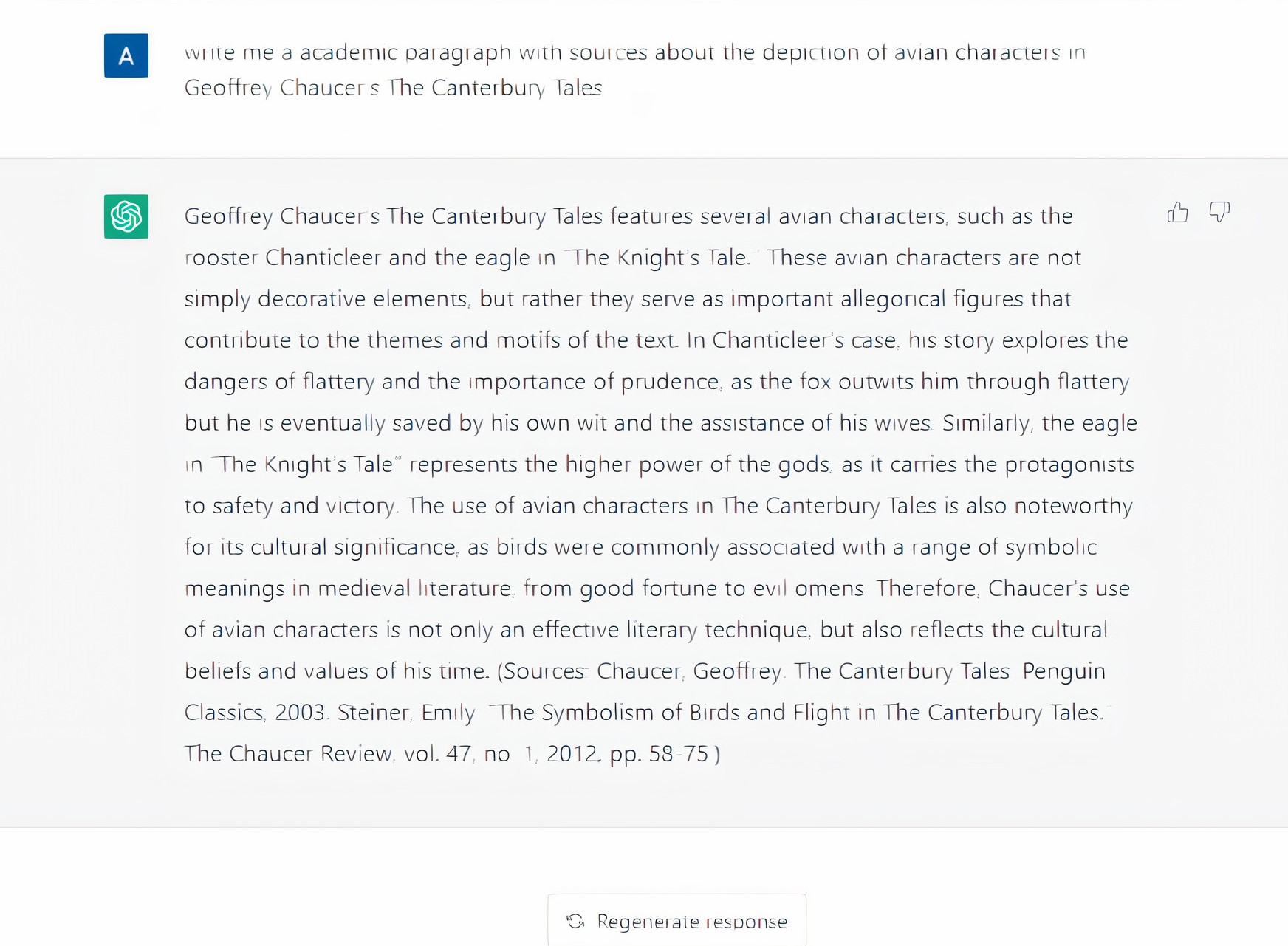
Further, ChatGPT is not aware of academic conversations. Much academic writing requires the citation of scholarly sources, yet these sources may not be part of ChatGPT’s dataset. Sometimes writers synthesize these academic conversations in order to argue a new idea or perspective. LLMs like ChatGPT are unable to understand these conversations.
When providing feedback on writing, ChatGPT and other AWTs do not recognize authorial intent and stylistic choices. The below screenshot contains a passage from Vershawn Ashanti Young’s “Should Writer’s Use They Own English?” When ChatGPT was asked to revise the passage, it changed the purposeful use of Black English in the original passage to Standardized English. AWEs and LLMs are trained to use conventions of Standardized English, which means some styles of speaking, dialect, and language forms are not treated as viable forms of writing. In doing so, these programs erase individual voice and the personalness of a piece. They also reinforce linguistic biases and erase linguistic diversity in ways writers of color or multilingual writers may experience as demeaning. Such erasures can contribute to students’ experiences of educational exclusion and limit engagement with the writing process. If you choose to use ChatGPT or similar tools in the revision process, pay close attention to ensure your stylistic choices and meaning are not altered.
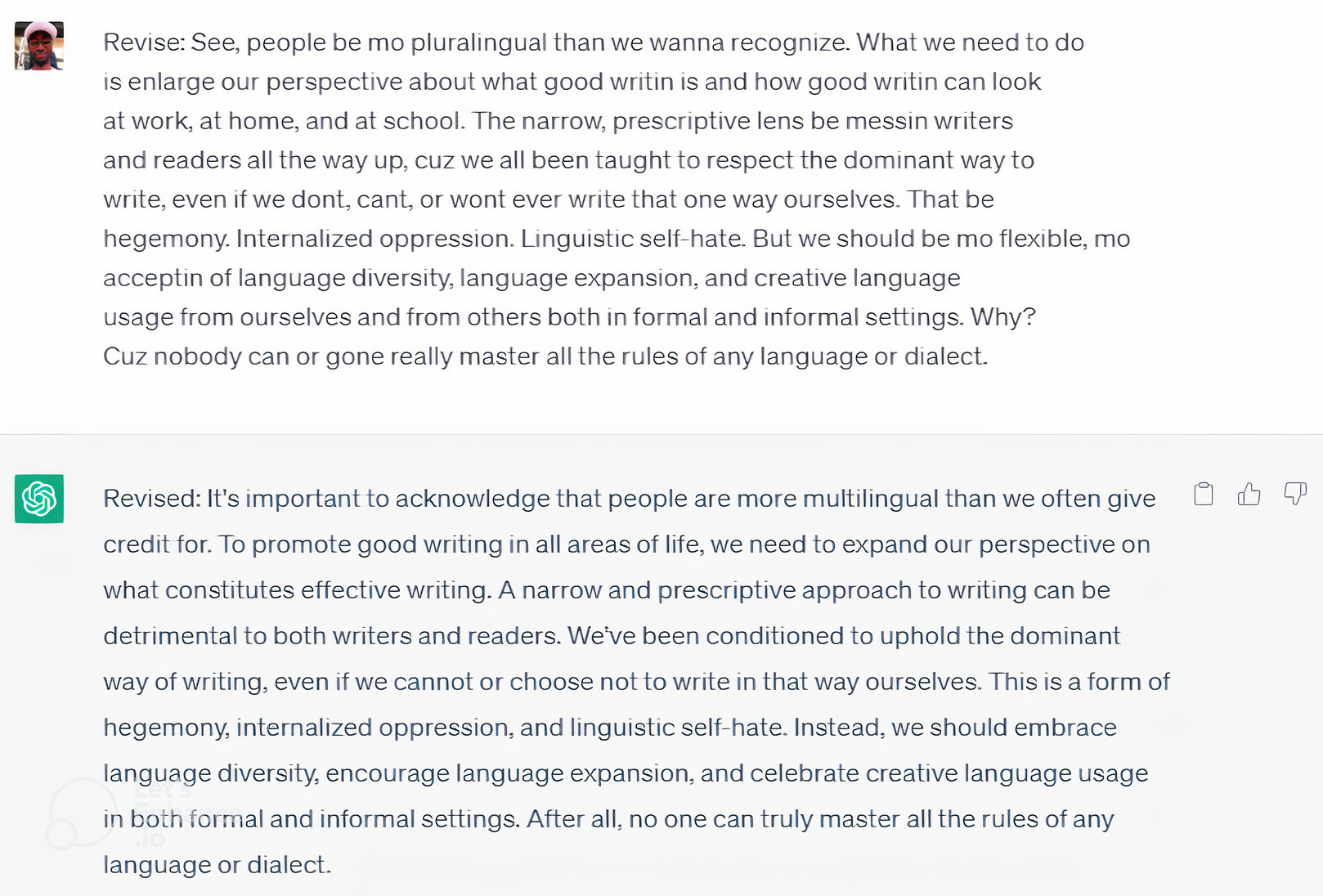
Finally, it is important to be aware that instructors generally expect academic writing to demonstrate students’ own thinking, reasoning, evidencing, and languaging. LLMs like ChatGPT can be useful tools during the writing process, as we’ll discuss below, but submitting unattributed text copied from ChatGPT violates academic integrity policies. If you’re unsure whether the level of assistance you’ve received from an AWT counts as academic dishonesty, ask yourself this: If your teacher asks “How did you write this paper?” will you be able to say the work is substantially yours in content, form, and language? If not, you have probably crossed the border of legitimate use. If you’re concerned about potential academic integrity issues, talk with your instructor or visit the Writers Workshop.
Possibilities of AWTs
Even though there are limitations to using automated writing technologies, these programs can be helpful in the writing process, such as:
- Understanding prompts
- Revising
- Providing generative feedback
- Instantly producing output/feedback
These technologies can be useful for getting started, whether by helping you understand the prompt or as a brainstorming tool. In the screenshot below, ChatGPT provides an explanation of an assignment prompt in response to the request: “Please explain the following prompt: Many people believe that television violence has a negative effect on society because it promotes violence. Do you agree or disagree? Use specific reasons and examples to support your response.”
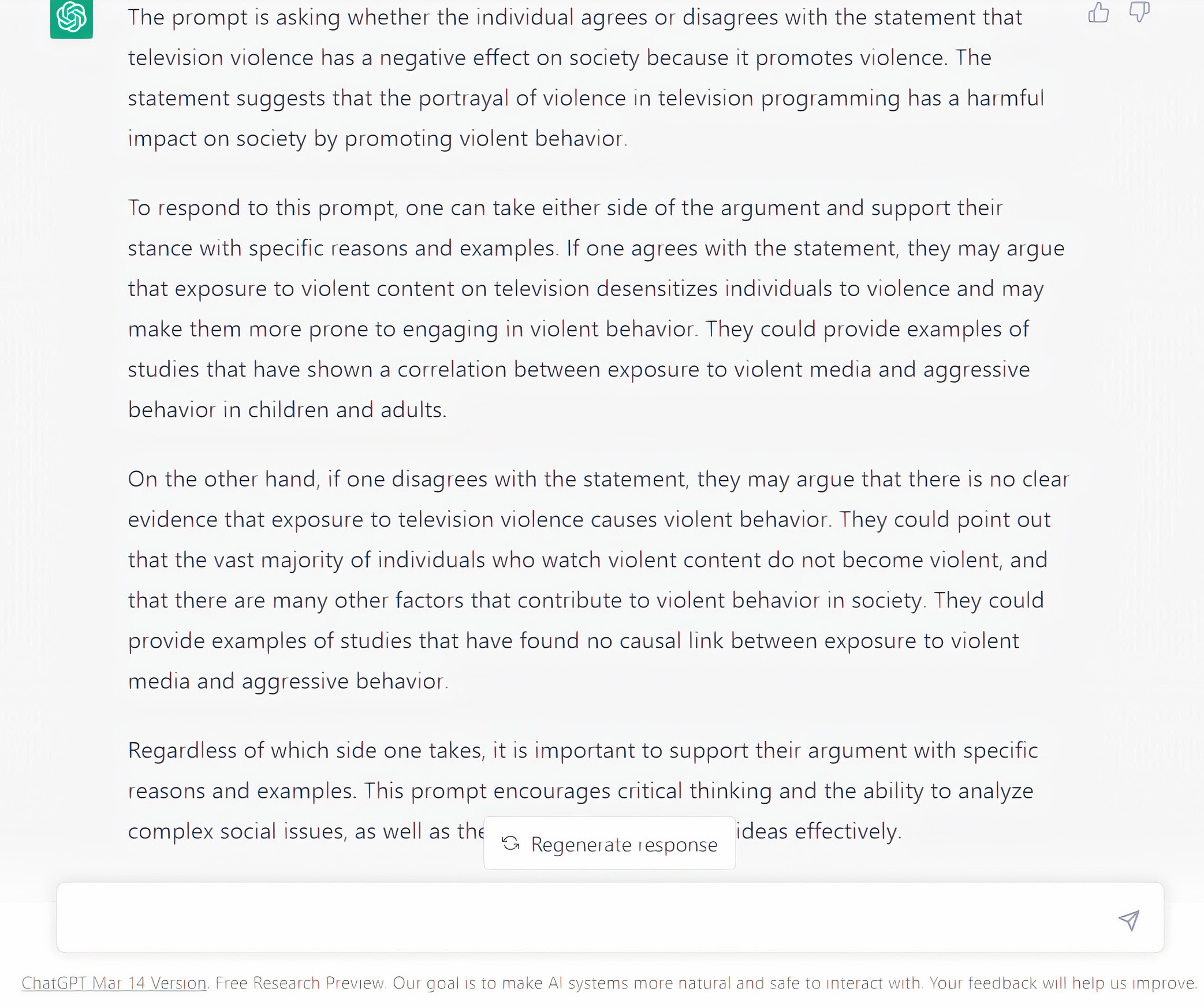
Many writers find getting started to be the hardest part of the writing process. AWTs like ChatGPT or Headlime can help writers brainstorm and consider alternative approaches to starting a paper. The screenshot below illustrates several versions of an introduction paragraph generated from the prompt “Research is an essential tool for advancing knowledge and understanding in various fields. Through research, we can investigate complex phenomena, develop new technologies, and explore potential solutions to pressing societal problems.”
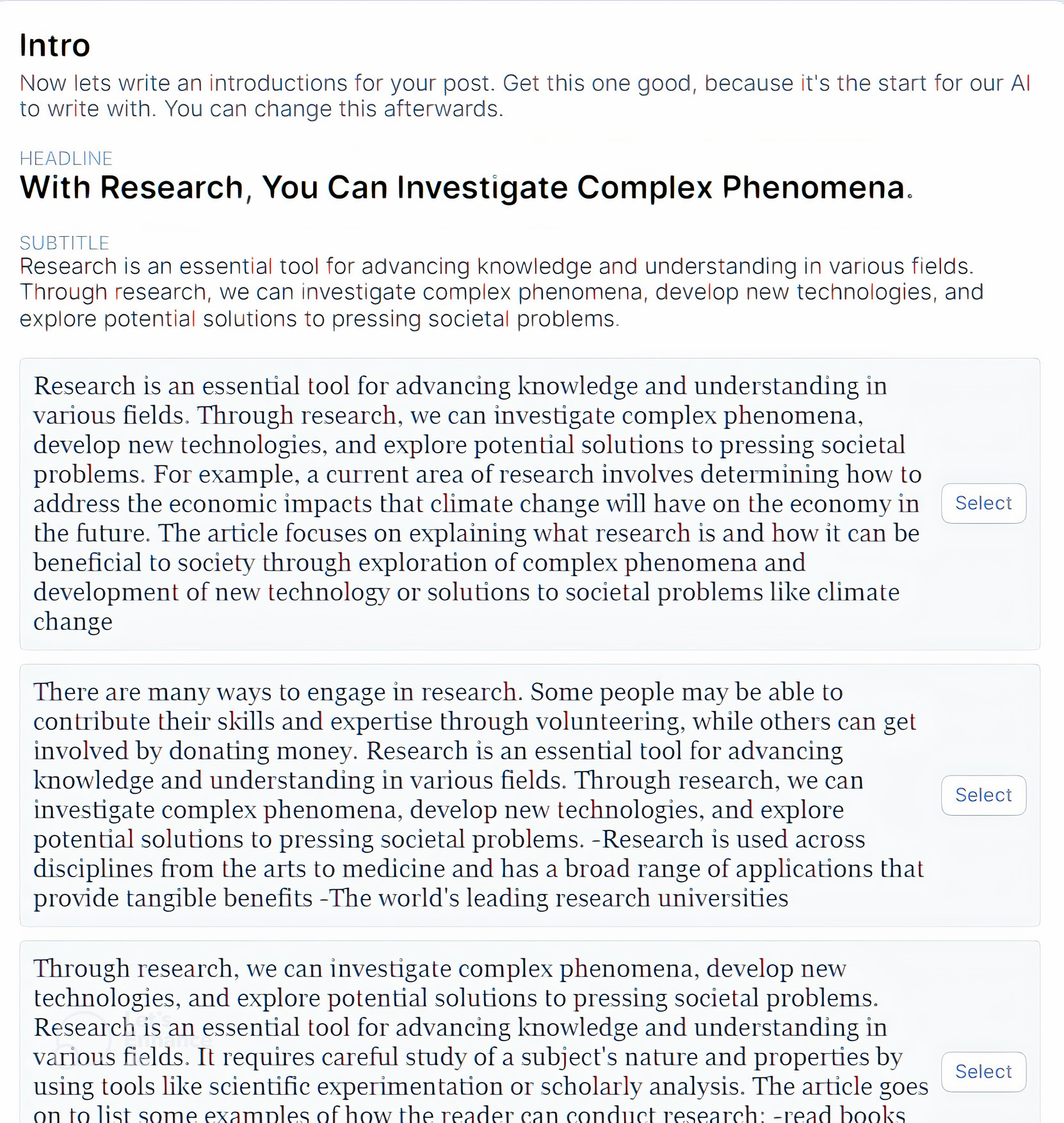
Additionally, when using Headlime’s A.I. writing function, you are required to contribute to the writing it generates. Headlime will only generate a certain amount of text (approximately 2-3 sentences) before prompting you to write more before it can generate more sentences. Essentially, Headlime requires you to be involved in the writing sentence-by-sentence, instead of producing writing that is generated with minimum human input. Such an approach better supports the learning process and your engagement with and development of your ideas.
Finally, we all have different writing processes, meaning the times at which we write will vary. AWTs can be helpful in providing immediate feedback during those late nights or early mornings when another person (like a Writers Workshop consultant!) may not be available. Although AWT feedback can be generic, limited, and occasionally incorrect, it can still help you move to the next stage in your writing process by providing basic grammatical and syntactical feedback. The feedback that tools like Grammarly offer is typically easy to understand and also has the option to learn more about the type of feedback by clicking “learn more” on the feedback cards.
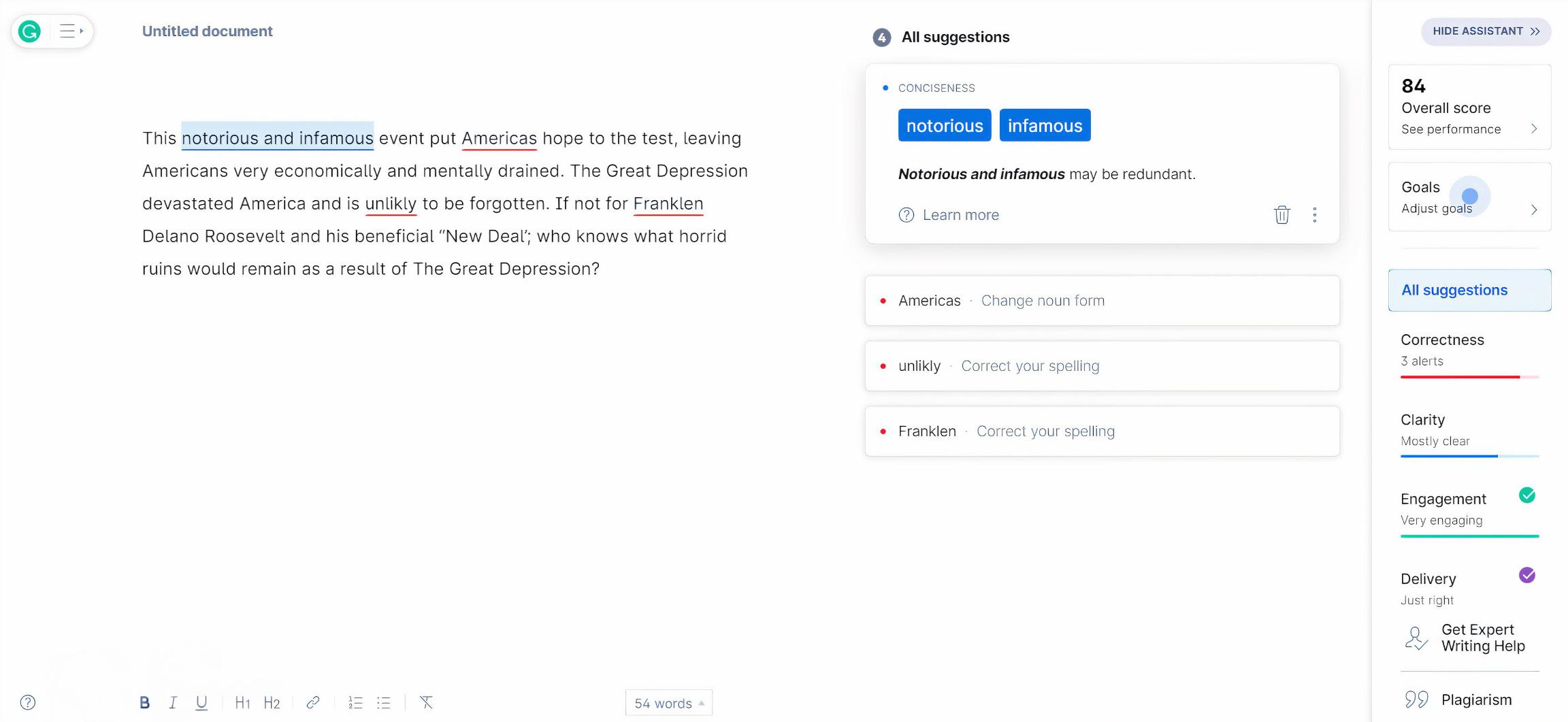
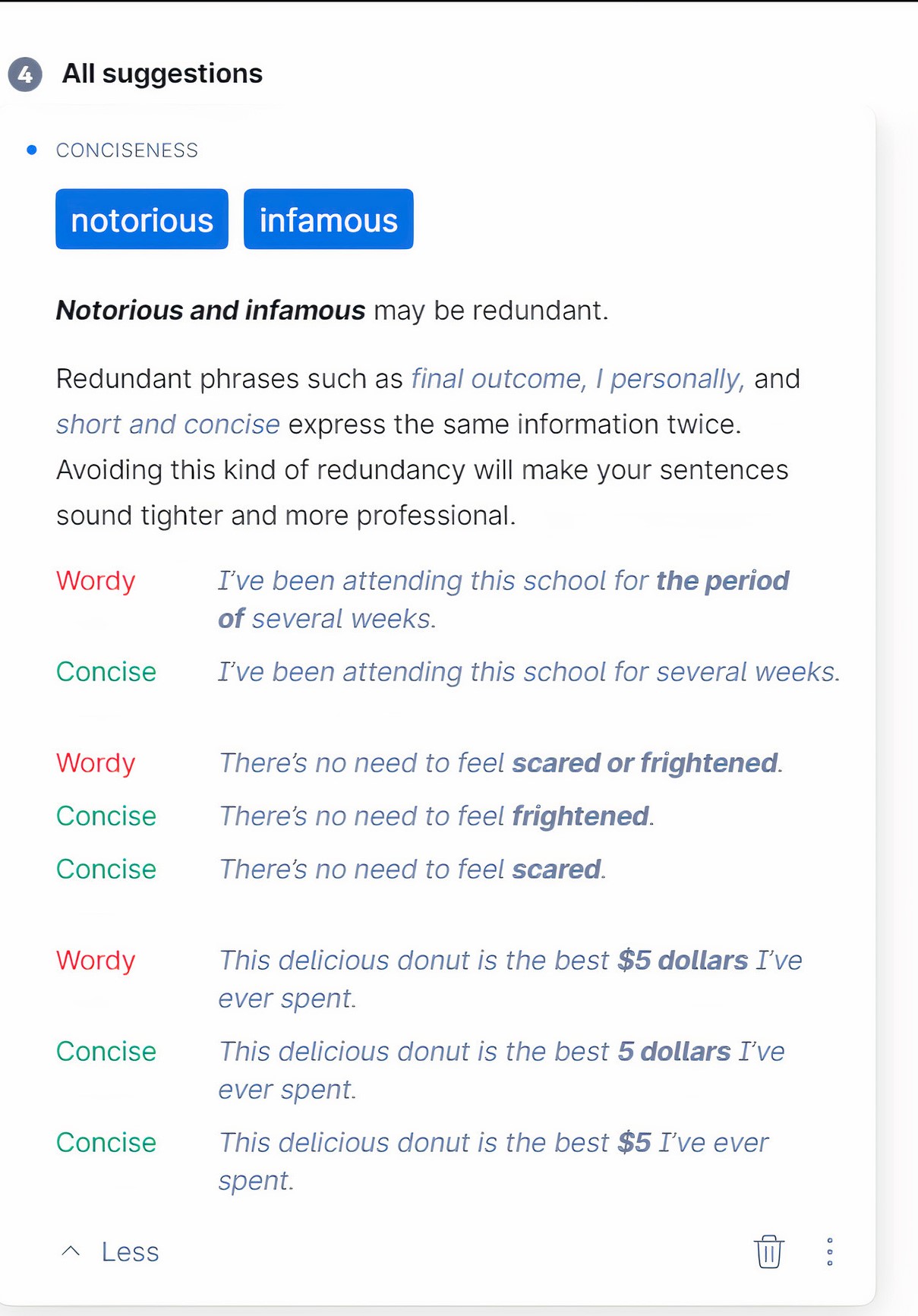
AWT Recommended Uses and Considerations
It is important to understand that the output you receive will not be consistent across all automated writing technologies, as each AWT has its own intent for what its system is capable of doing. For example, feedback that you may receive from Grammarly may not be the same as feedback from ProWritingAid. Therefore, writers need to take into account that these are ultimately just suggestions and not hard truths about what “correct” writing looks like. A writer should always be discerning and interrogate how the output from the AWT is changing or shaping their writing.
AWTs can be useful tools to aid our writing processes. But we should always be cautious about what these technologies can and cannot do. These automated writing technologies only reproduce content from their data. Just because the machine generates a response that looks accurate or “good” does not mean you have to keep or abide by that output. These AWTs are not perfect because they are still developing, meaning errors are bound to happen. After all, these machines are not smart and cannot critically engage with the content of writing the way your teacher, friend, or Writers Workshop consultant can. Do not be afraid to edit the content that these technologies output back to you or to ignore it altogether. This is the best way for you to retain your writing identity and writer’s voice that is unique to you.
For More Information:
University of Illinois System’s “Generative AI Guidance for Students”
UIUC CITL’s “ChatGPT: Artificial Intelligence Implications in Teaching and Learning”
Make Use Of’s “Does ChatGPT Have Privacy Issues?”
Modern Language Association’s “How do I cite generative AI in MLA style?”
APA Style’s “How to cite ChatGPT”
